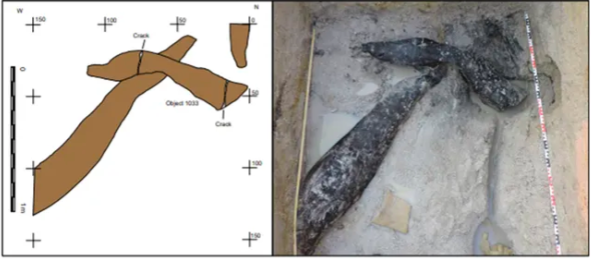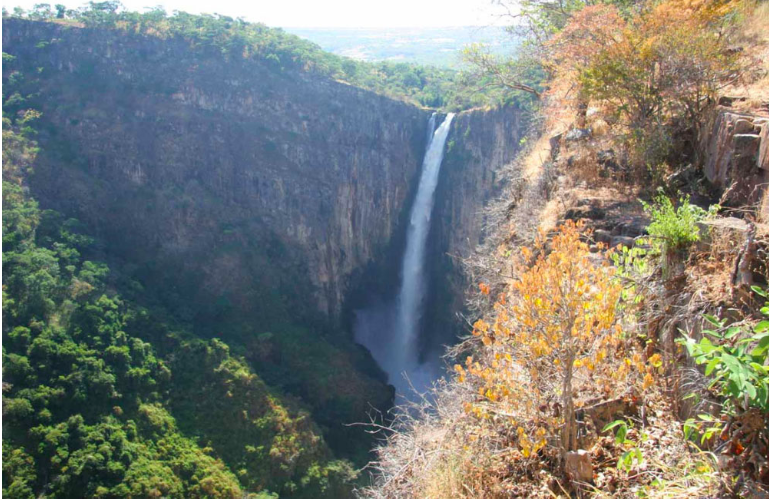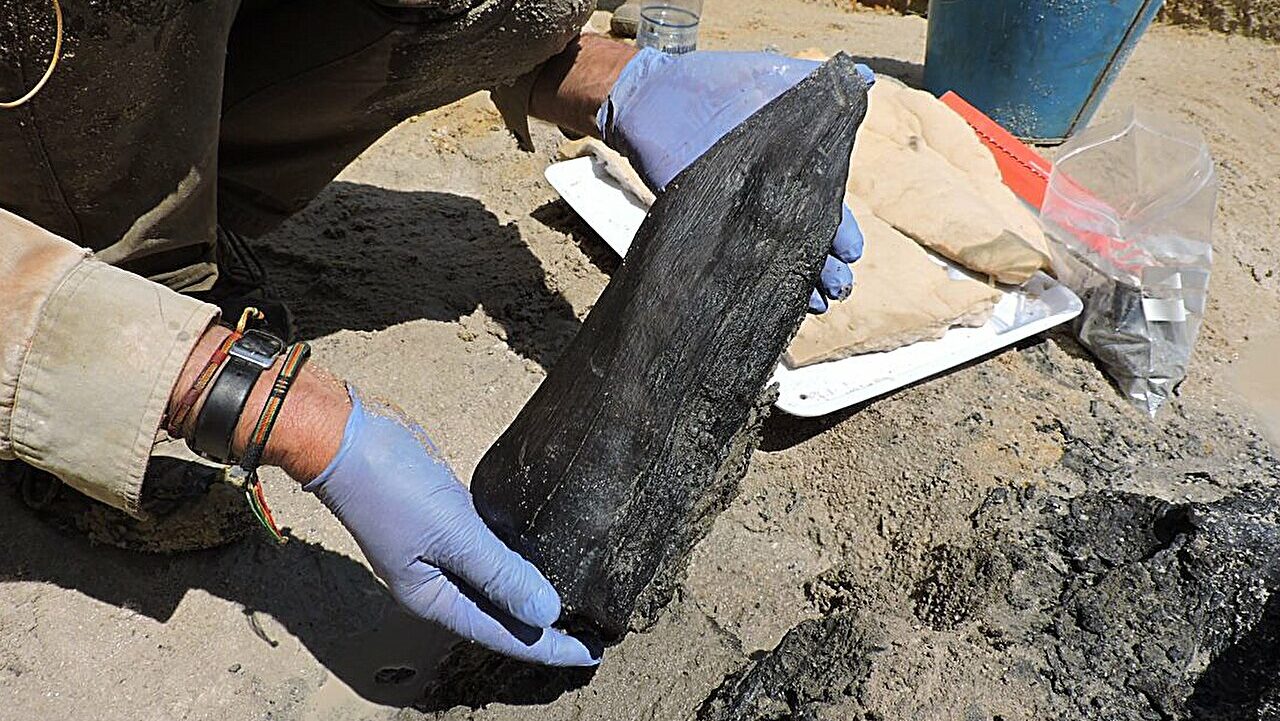Reading Time – 4 Minutes, Difficulty Level – 1/5
In September 2023, archaeologists made a discovery: a wooden structure.
What’s the big deal about this discovery of some old wood?
It’s actually a very groundbreaking discovery! It is evidence of humanity’s earliest architectural innovation—this wooden structure dates back over half a million years. This find challenges conventional beliefs about our ancient ancestors and provides new insights into the complexity of early human societies.
These archaeologists are part of the ‘Deep Roots of Humanity‘ research project that digs into Stone Age technology, revealing the remarkable ingenuity of early humans. By exploring the innovative use of wood—an unconventional material previously limited to fire and basic tools—researchers aim to redefine our understanding of ancient human behavior and capabilities. This pioneering project sheds light on the transformative implications of early hafting technology, where multiple parts were combined to create sophisticated tools.
The Mystery of the Wooden Structure
Excavations at the Kalambo Falls archaeological site in Zambia revealed well-preserved wood dating to at least 476,000 years ago. They are actually modified wood objects, including a structural element, a wedge, and a digging stick. These findings suggest something we’ve not yet thought of – maybe Stone Age humans weren’t solely nomadic wanderers, indicating instead a capacity for settled life and architectural ingenuity.
Found in sediment layers, an analysis of stone tool cut-marks on the wood suggests that early humans handmade and assembled two large logs, potentially forming a platform or part of a house or a dwelling. This finding hints at the possibility of more complex societal structures than previously thought.

(Image credit: Professor Larry Barham, University of Liverpool)
Luminescence Dating Techniques
To confirm the age of the discovery, researchers applied innovative luminescence dating techniques, specifically post-infrared infrared stimulated luminescence (pIR IRSL) dating. This method differs from other luminescence dating types.
- Post-Infrared Infrared Stimulated Luminescence (pIR IRSL) dating:
- This method involves shining infrared light on minerals like feldspar to measure luminescence. Feldspar is a common mineral found in rocks, used in ceramics and glassmaking.
- Thermoluminescence (TL) dating:
- This technique measures luminescence emitted when heating minerals like quartz.
- Optically Stimulated Luminescence (OSL) dating:
- This method estimates age by measuring luminescence after exposing minerals to light.
Sixteen samples were collected by driving plastic tubes into the sediment layers. By doing this, the age of the samples could be determined. They found that most of the samples followed a logical order, with the oldest ones at the bottom and the youngest ones on top. Overall, the samples were grouped into four clusters, each with a different age range. The oldest cluster dated back around 476,000 years, while the youngest was about 324,000 years old.
Implications for Archaeological Significance

Image: World of Waterfalls
The significance of the Kalambo Falls site extends beyond its age. Situated on the Zambia-Tanzania border, its archaeological importance is highlighted by its inclusion on UNESCO’s ‘tentative’ list for World Heritage status. The discovery of the wooden structure enhances the site’s significance, supporting arguments for its recognition as a UNESCO World Heritage Site and suggesting further mysteries of human history.
The discovery of the world’s oldest wooden structure at Kalambo Falls represents a pivotal moment in our understanding of human prehistory. It challenges assumptions about early human capabilities and highlights ancient engineering prowess. Through meticulous research and advanced dating techniques, archaeologists continue to unravel the mysteries of our past, enriching our collective understanding of humanity’s origins and evolution.
Feature Image Credit: Professor Larry Barham, University of Liverpool

Although not a typical scientist, I adore languages, technology, space, literature, and history. BA Honors Degree in Anthropology and English. Daughter of a physicist/engineer and descendant of an esteemed astronomer ancestor (heliocentric model of the solar system, anyone?). I aim to make my own mark by promoting lifelong learning in all fields. A total dork for Star Trek, Star Wars, Indiana Jones, Outlander, Quantum Leap and anything Futuristic/Sci-Fi or Dystopian.








